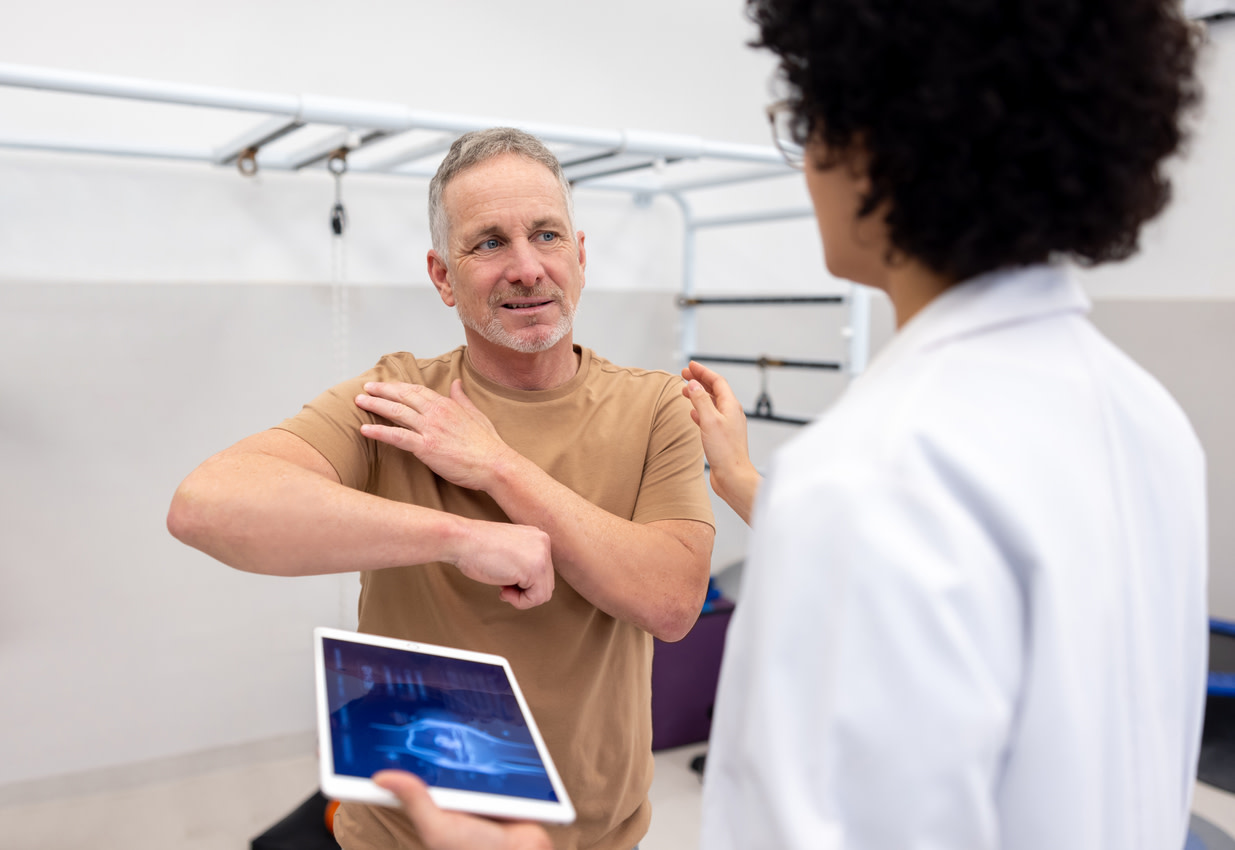How to heal a torn rotator cuff without surgery
Surgery isn’t always necessary when you have a shoulder injury. Learn how to heal a torn rotator cuff tendon through exercise therapy and other simple treatments.
$0 cost to you
Published Date: Jul 30, 2025
Table of Contents
Fully covered arm or shoulder pain relief
Find relief from arm pain, shoulder pain, pinched nerves, & more.
Check if I'm eligibleExercises for torn rotator cuff without surgery
Want expert care? Check if you're covered for our free program →- Shoulder internal rotation isometric
- Shoulder external rotation isometric
- Assisted shoulder rotation
- Scapular squeeze
